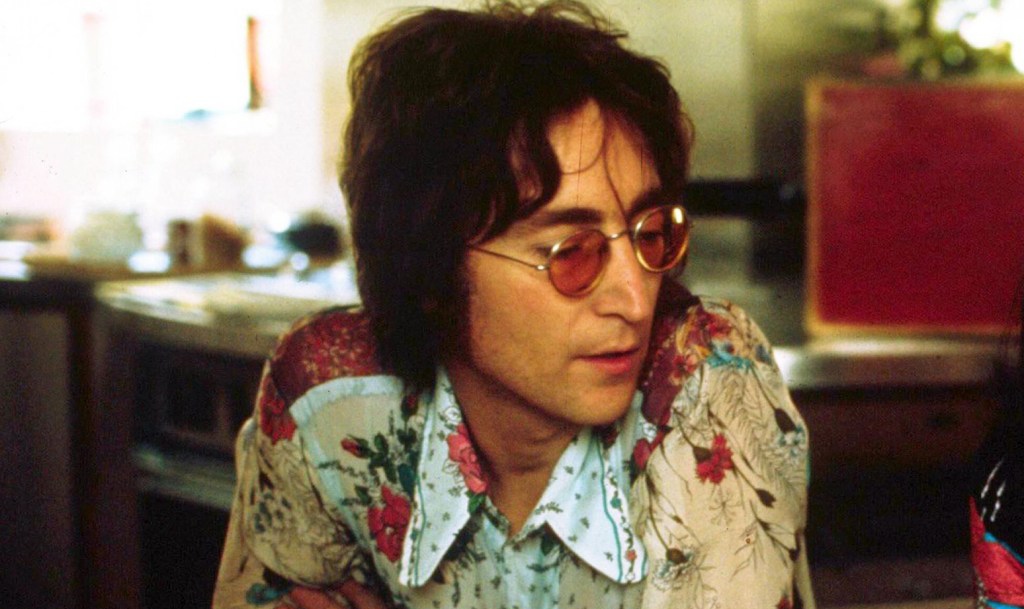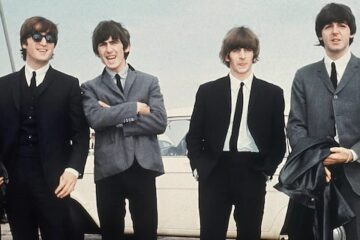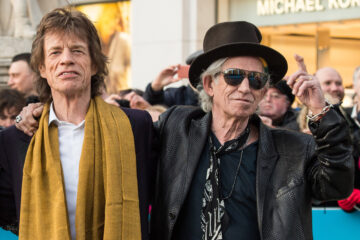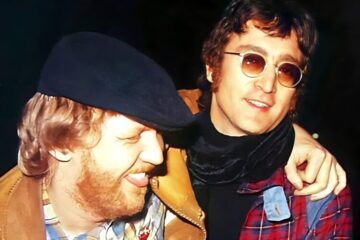In 1970, being John Lennon wasn’t exactly the most favourable experience. Following the dissolution of The Beatles and his pursuit of a unique creative path alongside Yoko Ono, Lennon found himself entangled in heroin use and underwent rather turbulent therapy sessions, all of which were vividly captured on his debut solo album, Plastic Ono Band. Amid these personal challenges, he also faced the looming threat of a lawsuit.
The lawsuit followed the release of ‘Come Together’ for The Beatles’ Abbey Road album.
Although Lennon legally resembled a piece of Chuck Berry’s ‘You Can’t Catch Me’, publisher Morris Levy brought a case for infringement, which was later settled with the agreement that Lennon had to “record three songs by Big Seven publishers on his next album”.
In 1973, Lennon embarked on production for the album Rock ‘n’ Roll with the assistance of Phil Spector.
The producer had previously garnered Lennon’s admiration through his work on ‘Let It Be’, and once again, the singer sought solace in Spector’s unconventional methods. Spector arranged for Lennon to work in a Hollywood studio and enlisted a plethora of session musicians to contribute to the album.
When Spector extended an invitation for musicians to participate in a John Lennon LP, it was clear that numerous talented individuals were eagerly awaiting the opportunity to be chosen.
However, several recording sessions at the A&M Studios involved more than 30 musicians; creating an overall atmosphere of chaos and navigating them was daunting. Spector also once appeared wearing a surgeon’s outfit and shot a gun in the ceiling of the studio. Another day, a bottle of whiskey had been spilt on the mixing console, causing future sessions to be banned from the facility.
This difficult environment was compounded by Lennon’s personal turmoil, resulting in the album’s much weightier tone.
The former Beatle, having left the band three years prior and amidst his solo stardom, faced numerous challenges in both his career and personal life. This turbulent phase, later dubbed ‘The Lost Weekend‘, spanned 18 months, during which he and Ono separated.
Then, when a car accident left Spector in a coma, the project was put on hold, and Lennon got to work on another project – Walls and Bridges – which he released before Rock ‘n’ Roll. A move which understandably riled Levy, who threatened to refile his lawsuit. Lennon explained what had happened, and Levy offered the singer his farm for rehearsals. Eventually, Lennon began working properly on the record’s final cut, calling on the musicians he had worked with for Walls and Bridges.
In response to offering him his property, Lennon offered Levy a rough cut of the tracks for the album, who then took the cuts and pressed his own version of the album, calling it Roots: John Lennon Sings the Great Rock ‘N’ Roll Hits and releasing it on his record label Adam VIII. He then proceeded to sue Lennon for $42million for breach of contract.
However, after only two trials, Levy won $6,795 in damages, and Lennon won $144,700.
Rock ‘N’ Roll has since become the notorious Lennon album, representing a period of time when Lennon was lonely and surrounded by drugs and alcohol. The entire process seemed prone to disarray and became nothing more than a rushed piece that Lennon just wanted to move on from.
“It started in ’73 with Phil and fell apart,” Lennon said. “I ended up as part of mad, drunk scenes in Los Angeles, and I finally finished it off on me own. And there was still problems with it up to the minute it came out. I can’t begin to say it’s just barmy, there’s a jinx on that album.”




